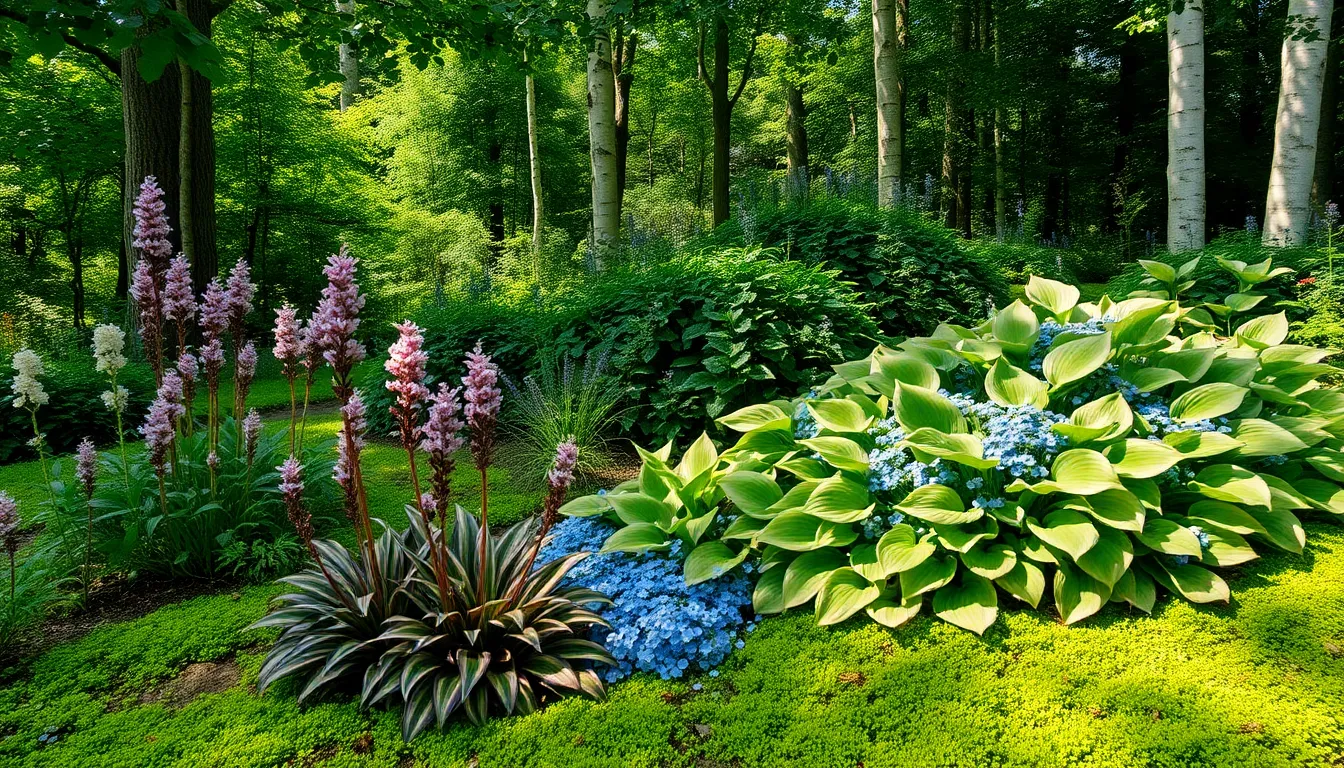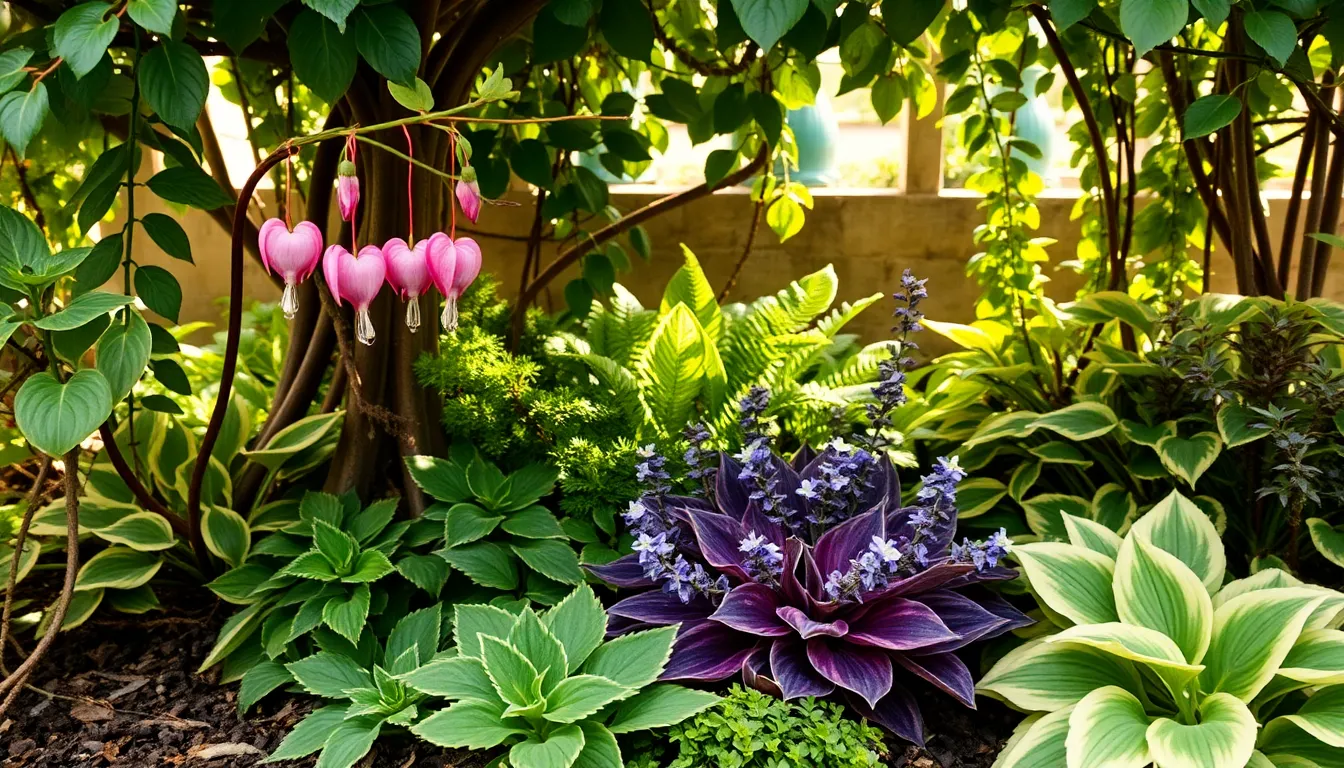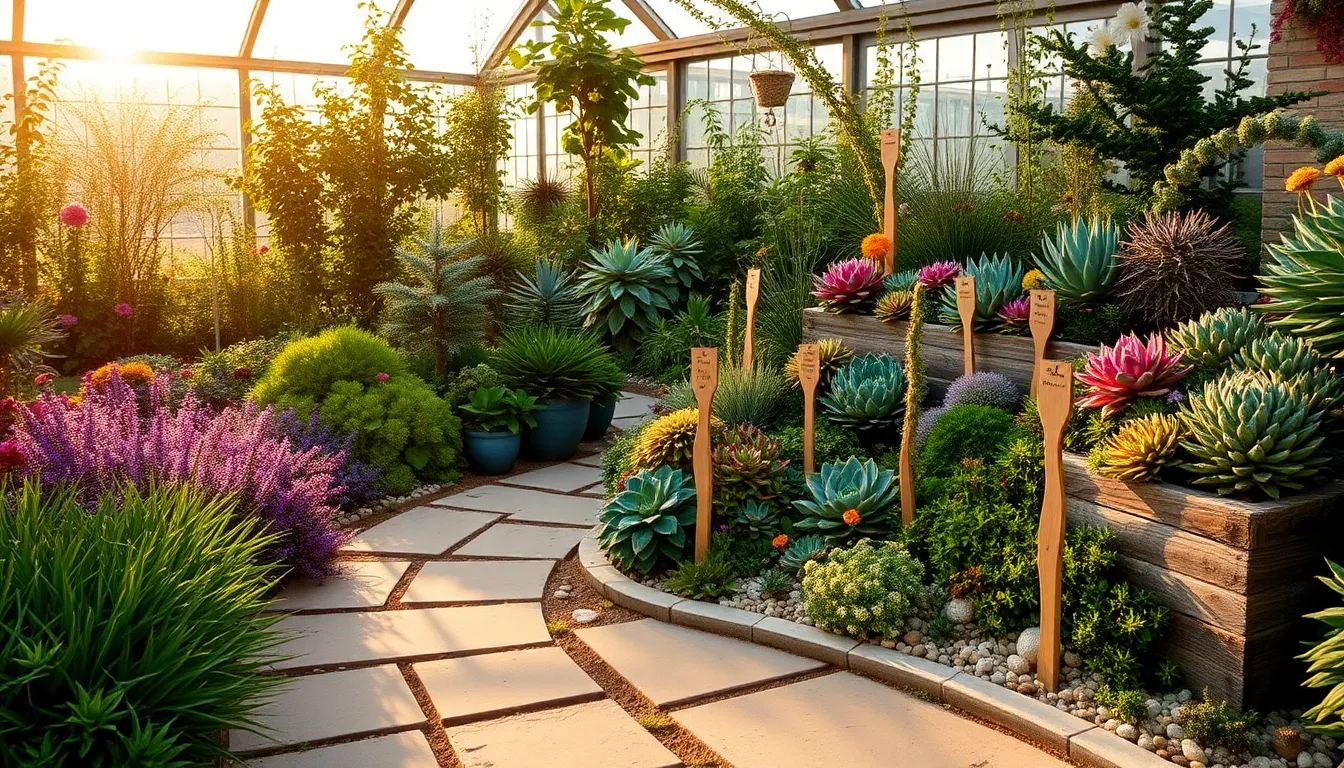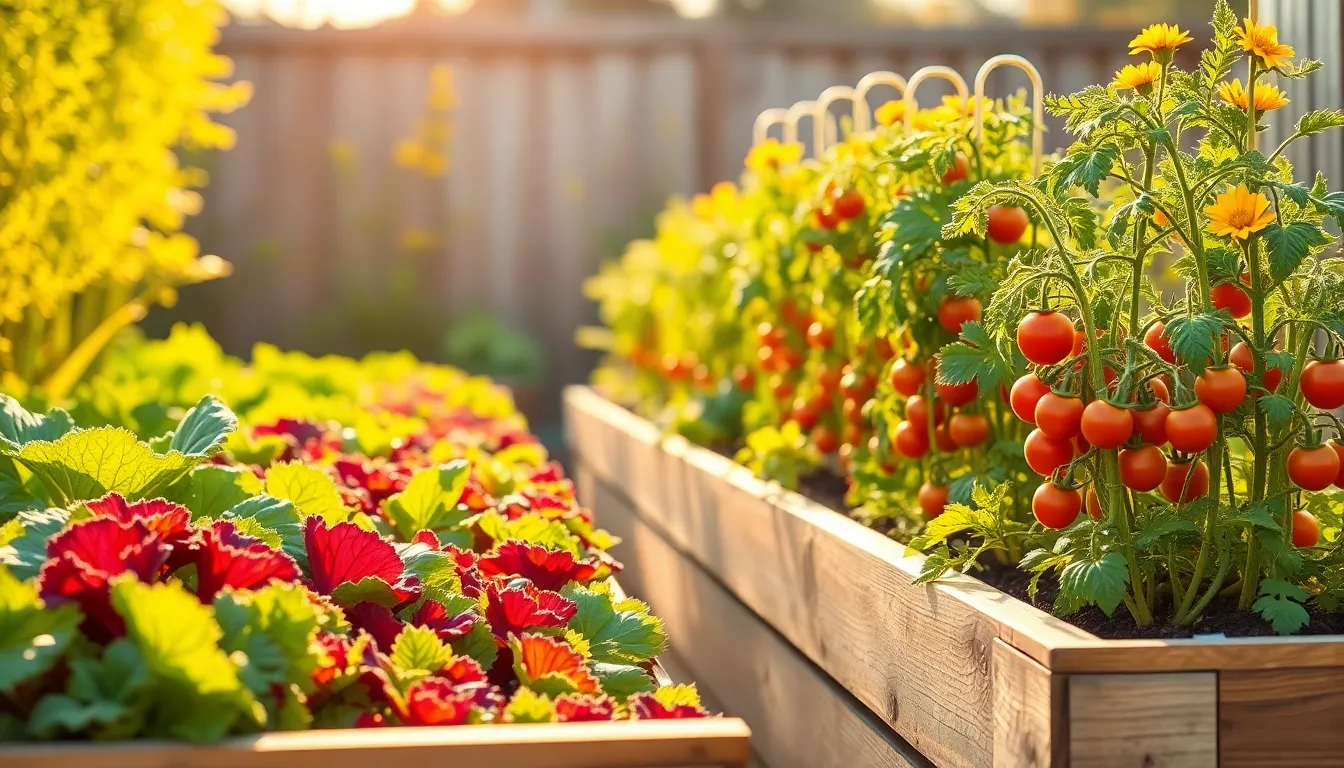The allure of a lush, thriving garden often conjures images of sun-drenched flower beds bursting with vibrant colors. Yet, for many gardeners, both novices and seasoned green thumbs alike, the true magic lies in transforming those quieter, shaded corners of our yards into verdant retreats teeming with life. Shaded areas, often seen as challenging plots, hold the potential for a tapestry of texture and color that can rival any sunlit garden.
For those just beginning their gardening journey, understanding how to harness the subtle charm of shade-loving perennials can feel like unlocking a secret garden. Meanwhile, experienced gardeners will find that these tenacious plants offer a new realm of creativity and resilience to explore. In this article, we’ll delve into the captivating world of perennials that thrive in shaded areas, providing you with the knowledge to choose the right plants, the skills to nurture them, and the inspiration to create your own shaded sanctuary.
As you read on, you’ll discover not only which perennials are best suited for low-light environments but also how to care for them and enhance their natural beauty. From the delicate blooms of astilbes to the rich foliage of hostas, each plant offers unique qualities that can transform your shaded spaces into vibrant landscapes. Whether you’re looking to start small or overhaul a forgotten corner of your garden, this guide will equip you with the tools and confidence needed to embrace the shade and cultivate beauty in every corner of your outdoor haven.
Understanding Shade-Loving Perennials
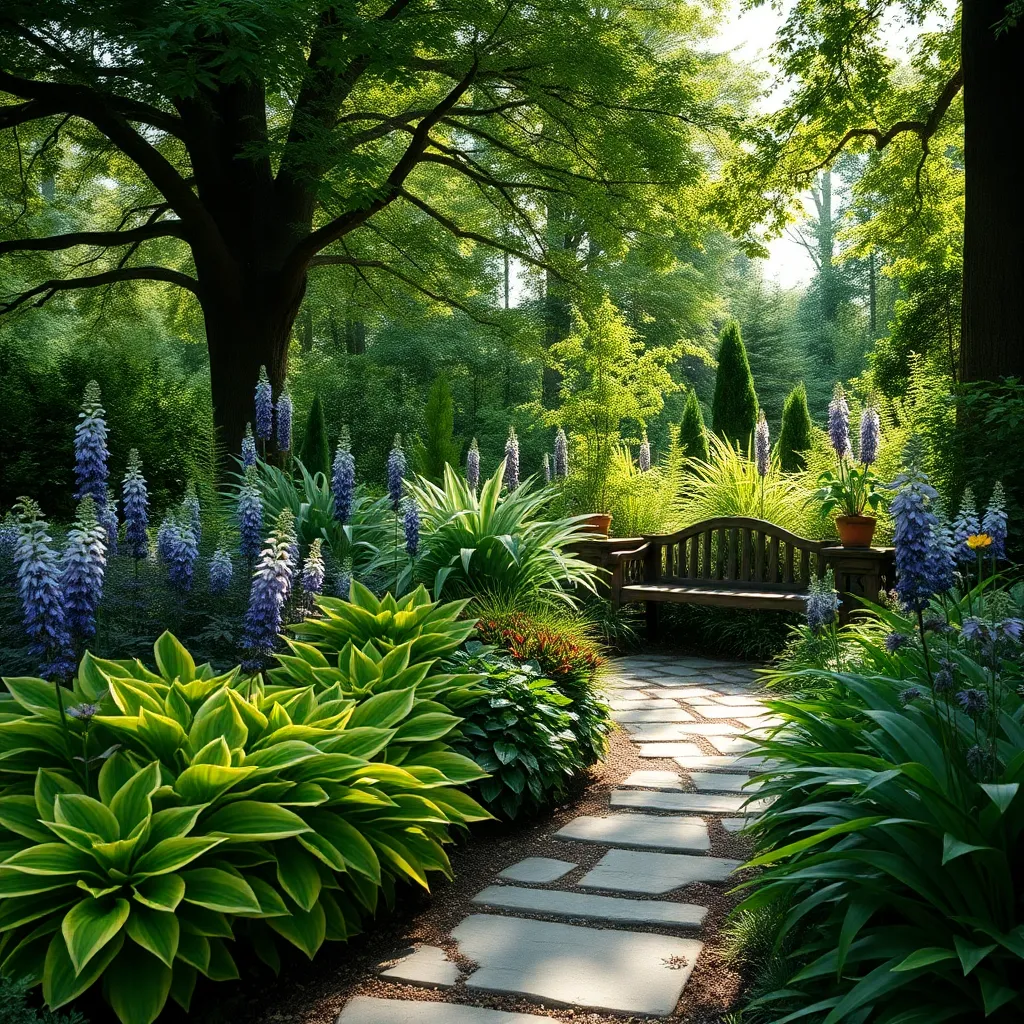
Shade-loving perennials are a fantastic choice for gardeners looking to maximize the potential of their shaded garden areas. These plants not only bring color and texture to dim corners but also provide a lush, verdant look that thrives without direct sunlight.
One key to success with shade-loving perennials is understanding their specific light requirements. While they tolerate low light, it’s important to ensure they still receive indirect or dappled sunlight for a few hours each day, which helps them photosynthesize effectively.
When it comes to soil, these plants generally prefer moist, well-drained environments. Amending your soil with organic matter, such as compost or well-rotted leaves, can significantly improve soil structure and nutrient availability, promoting healthier growth.
Watering is another critical aspect of caring for shade-loving perennials. These plants typically require consistent moisture, so aim to water them deeply once a week, adjusting frequency based on rainfall and specific plant needs.
For beginners, starting with hardy varieties like hostas or ferns can be especially rewarding. These plants are not only resilient but also require minimal maintenance, making them perfect for those new to gardening.
Experienced gardeners may wish to experiment with more challenging species, such as bleeding hearts or astilbes. These plants can add unique beauty to your garden, but they often require more precise care, such as careful attention to soil pH and protection from slugs and snails.
To ensure your shade garden reaches its full potential, consider incorporating a variety of plants to create a layered effect. Mixing perennials with different heights and textures will add depth and interest, transforming a simple shaded area into a vibrant oasis.
Top Perennials for Dense Shade
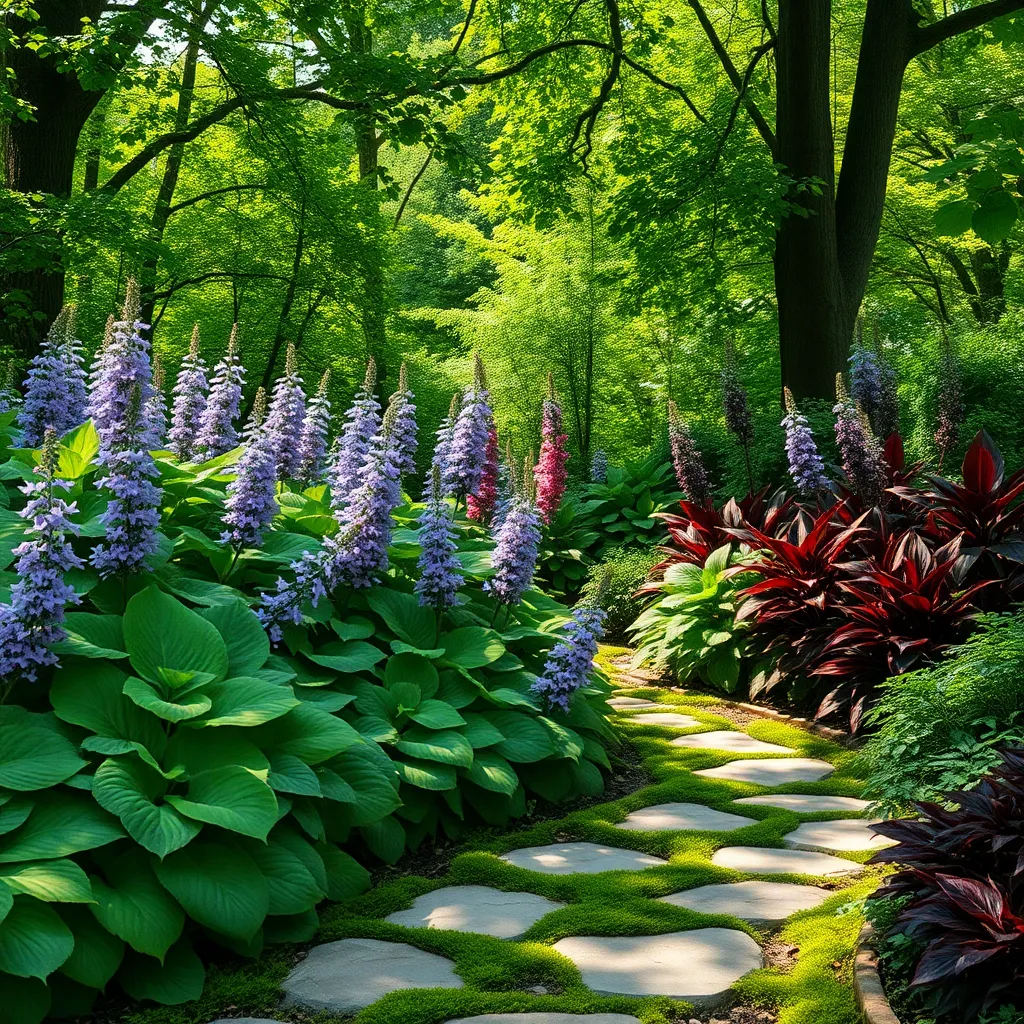
Dense shade can pose a challenge for many gardeners, but certain perennials thrive under these conditions. Hostas are a top choice, known for their lush foliage and low maintenance requirements. To ensure the best growth, plant hostas in well-draining soil rich in organic matter. Regular watering is essential, especially during dry spells, to maintain their vibrant appearance.
Ferns are another excellent option for dense shade, adding texture and elegance to shaded gardens. These plants prefer consistently moist soil and benefit greatly from a layer of mulch to retain moisture and suppress weeds. For an advanced tip, consider planting a variety of ferns to create a dynamic, multi-layered look.
Astilbes are not only shade-tolerant but also bring a splash of color to shaded areas with their feathery blooms. They thrive in humus-rich, moist soils and appreciate a consistent watering schedule to prevent their soil from drying out. For a prolonged blooming period, deadhead the spent flowers regularly and ensure the soil remains damp.
Finally, Solomon’s Seal offers graceful arching stems and bell-shaped flowers that can brighten up even the darkest corners. This perennial prefers fertile, well-drained soil and should be watered deeply but infrequently, allowing the soil to dry slightly between waterings. To propagate, divide the rhizomes in early spring, ensuring each division has at least one growing eye.
Partial Shade Perennials Explained
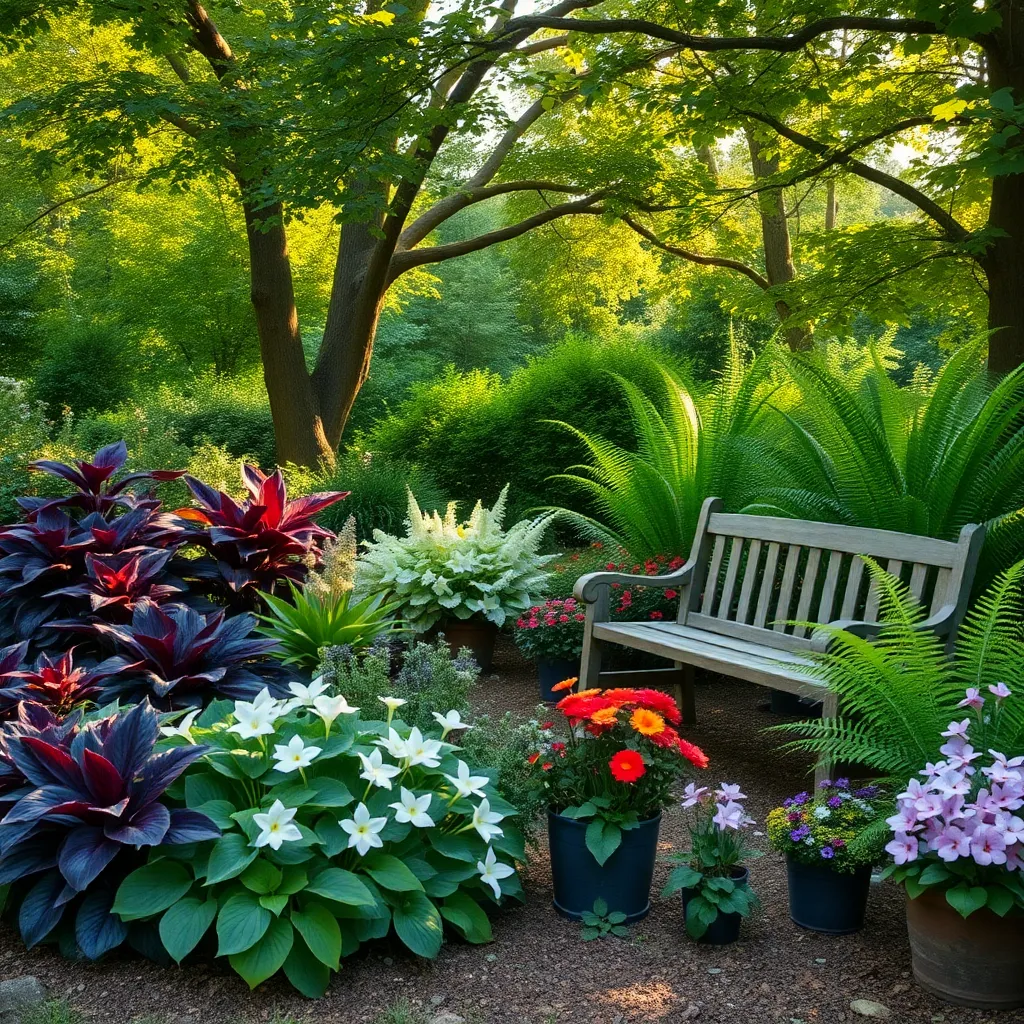
Partial shade perennials are excellent choices for gardens that receive filtered sunlight for part of the day. These plants typically thrive in areas where they get morning sun and afternoon shade, providing a perfect balance of light and protection.
To ensure success with partial shade perennials, focus on soil preparation. Use a rich, well-draining soil and amend it with organic matter like compost to improve moisture retention and nutrient content.
Watering is crucial for these plants; aim to keep the soil consistently moist but not waterlogged. A good practice is to water deeply once or twice a week, allowing the soil to dry slightly between waterings.
For those looking to add interest, consider planting a mix of foliage and flowering perennials. This combination will enhance texture and color in your garden, offering visual appeal throughout the growing season.
Some popular partial shade perennials include hostas, astilbes, and bleeding hearts. Hostas are known for their lush foliage, while astilbes bring elegant plumes of flowers, and bleeding hearts offer unique blooms that add charm to any shady spot.
- Hostas: Thrive in rich, well-draining soil; regular watering is essential, especially during dry spells.
- Astilbes: Prefer consistently moist soil and benefit from a layer of mulch to retain moisture.
- Bleeding Hearts: Require well-draining soil and do best when protected from harsh afternoon sun.
Advanced gardeners might explore interplanting techniques to maximize space and create a layered garden effect. Pair taller perennials with shorter groundcovers to create a lush, multi-dimensional landscape.
Remember, occasional fertilization can boost growth and flowering. Apply a balanced, slow-release fertilizer in early spring, following the package instructions for best results.
Planting and Care Tips
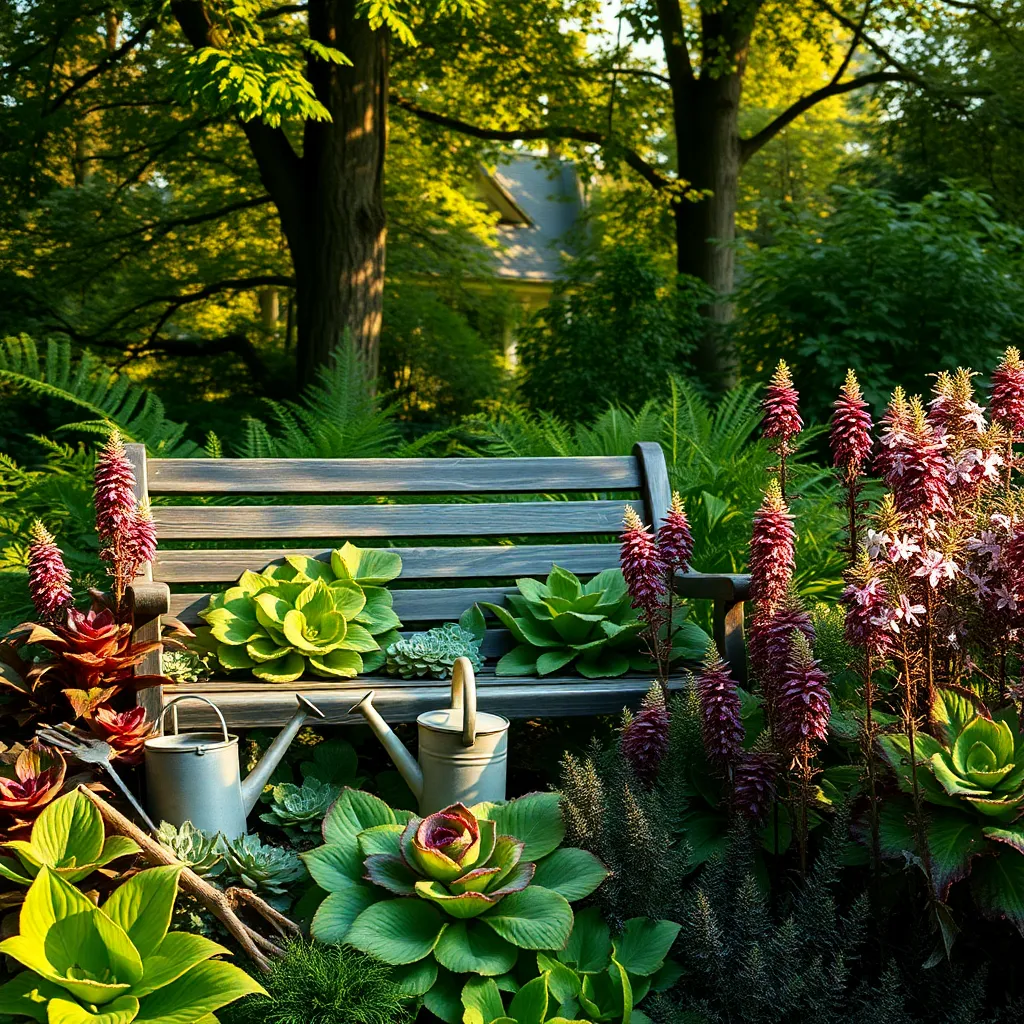
To start your journey with shaded perennials, consider testing the soil to ensure it has the right pH and nutrients. Most shade-loving perennials thrive in slightly acidic to neutral soil, so aim for a pH between 6.0 and 7.0 for optimal growth.
When planting, it’s crucial to space your perennials appropriately to prevent overcrowding, which can lead to poor air circulation and increased disease risk. A general rule of thumb is to plant them about 12 to 18 inches apart, depending on the mature size of the plant.
Shaded areas can sometimes retain moisture, so it’s important to water wisely. Water deeply once a week rather than shallow watering daily, as deep watering encourages root growth and makes plants more drought-resistant.
Mulching around your perennials can help maintain soil moisture and reduce weed competition. Use a layer of organic mulch, such as shredded bark or leaf mold, about 2 to 3 inches thick, ensuring it’s not piled against plant stems.
For beginners, it’s helpful to monitor your perennials for any signs of stress, such as yellowing leaves or wilting. These symptoms can indicate overwatering, underwatering, or inadequate light, so adjust your care routine accordingly.
Experienced gardeners might want to experiment with companion planting to enhance the growth and health of their perennials. Consider pairing shade-tolerant herbs, such as mint or parsley, with your perennials to create a lush and productive garden space.
Make sure to periodically check for pests, which can sometimes hide in the cooler, shaded environments. Use organic pest control methods, like neem oil or insecticidal soap, to keep your plants healthy without harming beneficial insects.
Designing Shaded Garden Spaces
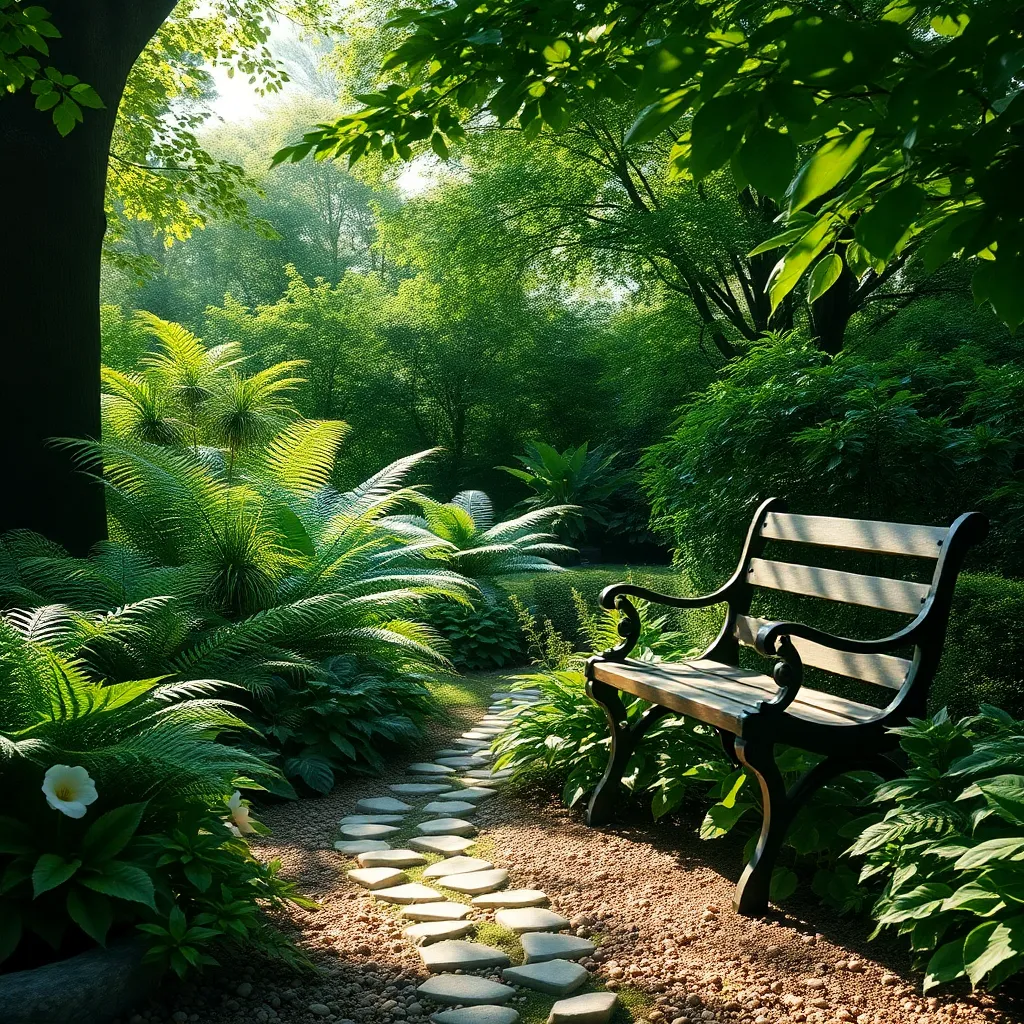
Designing shaded garden spaces requires creativity and understanding of the unique conditions these areas provide. Begin by assessing the amount of light your shaded area receives daily, as this will guide your plant selection and placement.
Consider using a variety of textures and heights to create visual interest in your shaded garden. Incorporate plants with different leaf shapes, such as the broad leaves of hostas and the delicate fronds of ferns, to add depth and contrast.
Incorporating hardscape elements like stones or a small bench can enhance the design and functionality of shaded spaces. These additions not only provide structure but also give you a place to admire your garden while staying cool.
For soil preparation, ensure good drainage as shaded areas can often retain excess moisture. Mix in organic matter such as compost to improve soil structure and provide a nutrient-rich environment for your perennials.
Watering needs in shaded gardens can differ from sunnier spots due to reduced evaporation. Check soil moisture regularly, and water deeply but less frequently to encourage deep root growth.
Advanced gardeners might consider adding a layer of mulch to regulate temperature and retain moisture. Mulch also helps suppress weeds, which can compete with your perennials for nutrients and space.
By thoughtfully designing your shaded garden space, you can create a lush, serene retreat. Whether you’re a beginner or an experienced gardener, the right approach will help your shaded area thrive with beautiful, healthy perennials.
Conclusion: Growing Success with These Plants
In exploring ‘Perennials That Thrive in Shaded Areas,’ we delved into five vital relationship concepts: understanding your partner’s needs, fostering resilience, embracing adaptability, nurturing growth under constraints, and cultivating patience. Just as these perennials flourish in less-than-ideal conditions, so too can your relationship blossom when you apply these principles.
To take action immediately, start by having an open conversation with your partner about what each of you needs to feel supported and appreciated—just as a gardener might assess the conditions to ensure plants thrive. This proactive step can lay the groundwork for deeper understanding and connection.
Remember, relationships require ongoing care and attention. Save or bookmark this article now as a handy reference to revisit these insights and strategies whenever you need a reminder or a boost of inspiration. By applying these principles, you’re setting the stage for a relationship that not only survives but thrives, even in challenging times. Embrace the journey ahead with optimism and confidence, knowing that success in your relationship is a continuous process of growth and mutual understanding.

